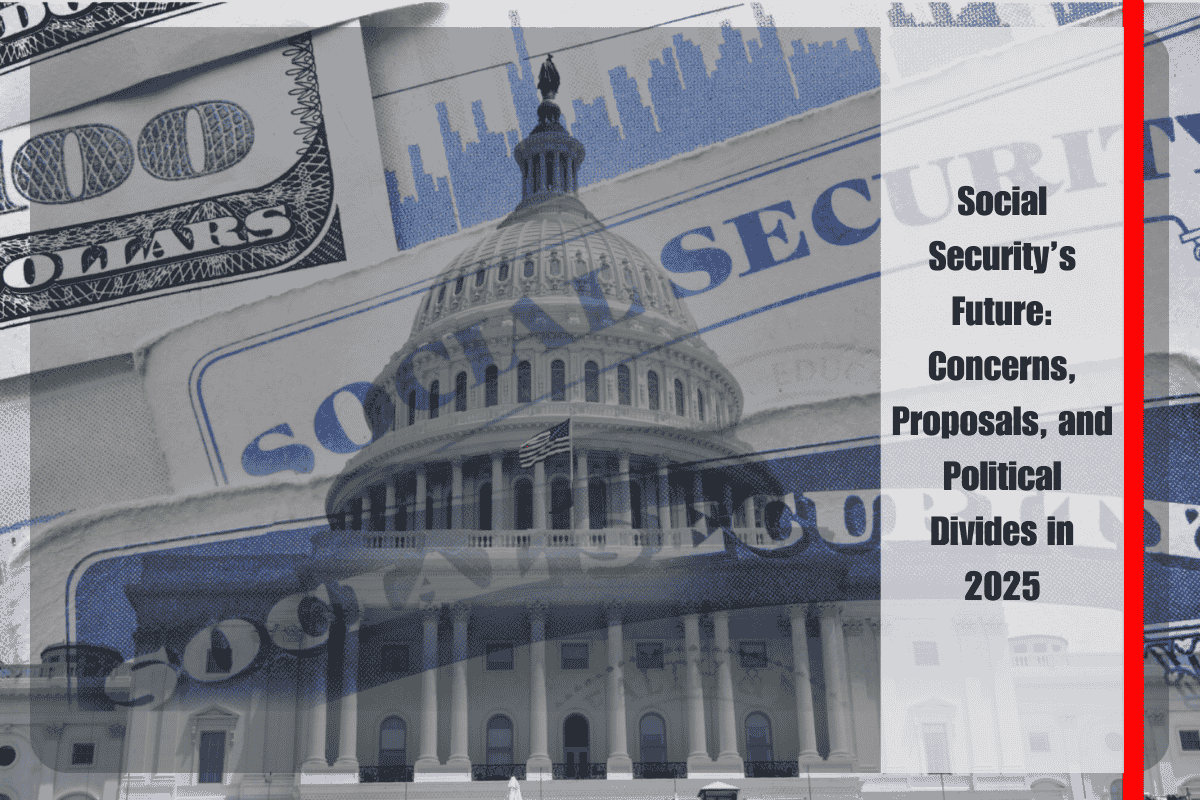Social Security payments play a crucial role in providing financial security for millions of retirees in the United States. While this benefit is widely recognized and relied upon, not everyone automatically qualifies for Social Security payments. Eligibility is determined by meeting specific requirements, such as having worked in jobs covered by the Social Security Administration (SSA) and having earned a minimum number of work credits.
What You Need to Know About Social Security Eligibility and Benefits
To qualify for Social Security retirement benefits, you must have worked and paid into the SSA system for at least 10 years (or 40 work credits). These credits are earned by working and paying Social Security taxes on your income. Once you’ve earned the required number of credits, you’re eligible to begin receiving benefits once you reach a certain age.
When to Apply for Social Security Benefits
One of the most important decisions retirees face is when to begin receiving Social Security benefits. The earliest age you can apply is 62, but there are significant trade-offs. Choosing to take benefits at 62 results in a reduction of your monthly payment—since the full 100% of benefits is only available when you reach your full retirement age, which typically ranges from 66 to 67, depending on your birth year.
On the other hand, waiting to apply until age 70 can significantly increase your benefits. Retirees who wait until 70 to claim Social Security receive an additional 24% on top of their monthly payment compared to those who take it at full retirement age. For many, delaying benefits until age 70 is a smart financial strategy to ensure higher long-term income.
The Role of Cost of Living Adjustments (COLA) and Inflation
While Social Security payments are an essential income source for retirees, inflation is a key factor that can affect their purchasing power over time. Social Security payments are adjusted annually through the Cost of Living Adjustment (COLA) to help keep up with inflation. COLAs are announced each January, and they aim to ensure that the purchasing power of Social Security payments is maintained, although the increases often don’t fully offset rising living costs.
Key Takeaways for Retirees About Social Security in 2025
- Not everyone qualifies for retirement benefits – You must have paid into the Social Security system for at least 10 years to qualify.
- Paying taxes to the SSA is a requirement – These taxes fund your benefits.
- 40 work credits needed at age 62 – To be eligible for Social Security at 62, you must have earned at least 40 work credits, which equates to 10 years of work.
- Early application at age 62 reduces your monthly payments – You’ll receive a reduced payment compared to waiting until your full retirement age.
- Full Retirement Age (FRA) – At FRA (usually 66 or 67), you can receive 100% of your benefits.
- Delaying benefits until age 70 provides a 24% increase – If you can afford to wait, delaying your application until 70 will increase your monthly payment by 24%.
- COLA adjustments – Social Security payments are adjusted each year based on inflation, with the updates generally coming in January.
- Inflation can reduce purchasing power – Even with COLA, inflation can erode the value of your benefits over time, so planning is crucial.
- COLAs help retirees keep up with inflation – While the COLA adjustments aim to protect against inflation, they may not always keep pace with rising costs.
- Plan ahead – The decision about when to take Social Security benefits should be made thoughtfully, considering your health, life expectancy, and financial needs.
Timing and Strategy Are Key
Choosing when to apply for Social Security benefits is a crucial decision that can significantly impact your financial future. While early application at 62 may seem appealing, it could result in a substantial reduction in monthly payments. On the other hand, delaying your benefits until 70 can provide you with a much higher monthly income. Considering factors like inflation, COLA adjustments, and your long-term financial needs will help you make the best decision for a secure retirement.












